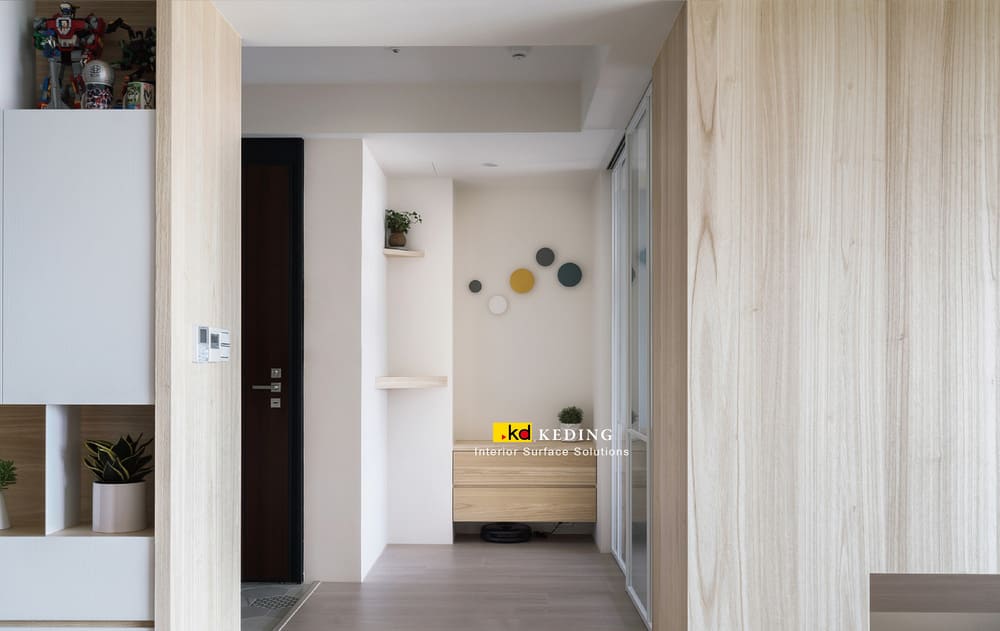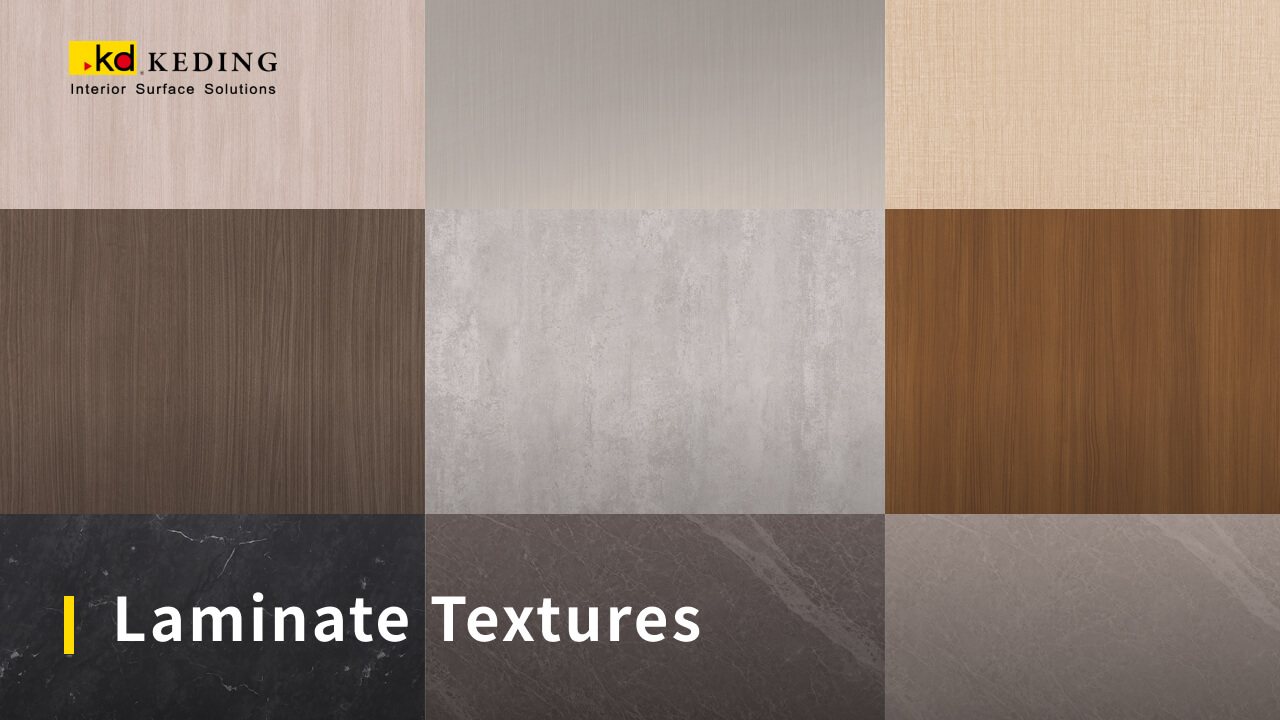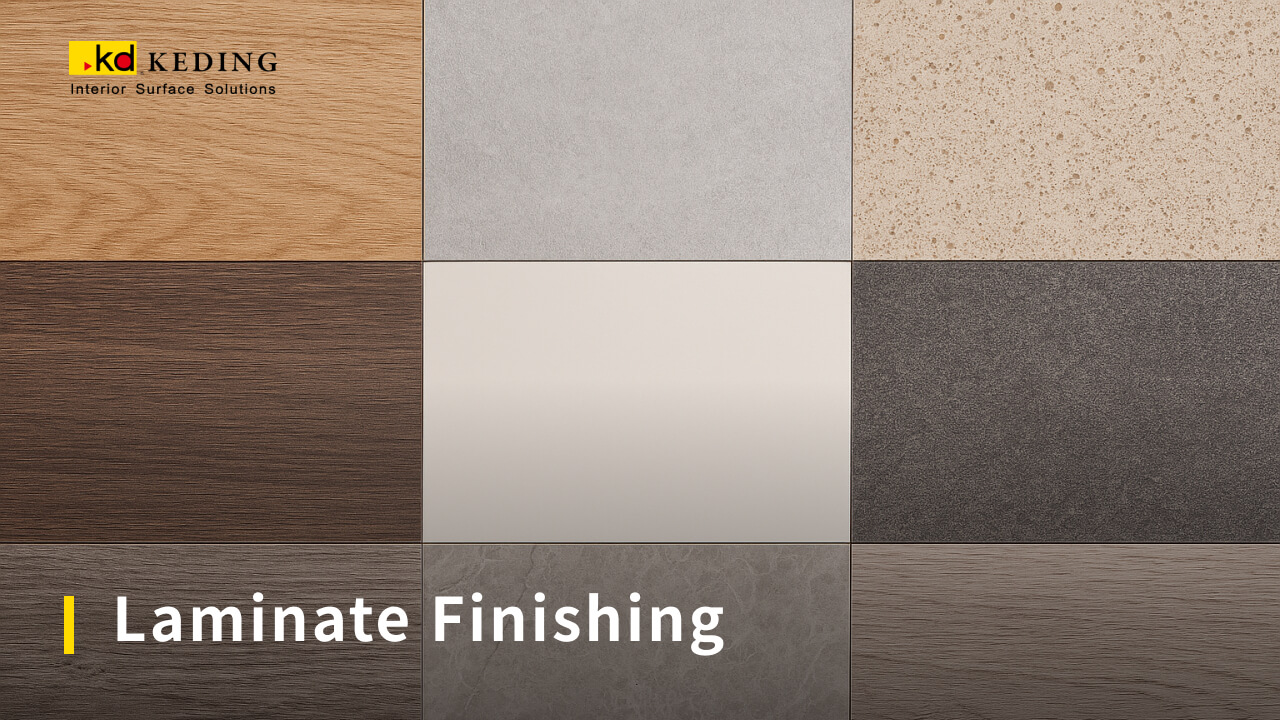A magnificent wood that resembles a phoenix. Paulownia is lightweight, simple to color with a three-dimensional sense.
According to ancient legends, the phoenix appears in the world every five hundred years. It exclusively inhabits in the Paulownia tree and eats only bamboo fruit and drinks sweet spring water. Paulownia tomentosa has light, supple wood that weighs three to four times less per unit volume than other types of wood. Paulownia is a wonderful option for surfaces with a lot of color variation due to its strong color absorption.
The diagonally spaced wood grains in the straight Paulownia give it a delicate surface that is difficult to shatter. Outstanding grade wood may be produced with just a simple coloring and polishing. The drawback of its light and delicate qualities is that they exclude its use for heavy-duty building materials or furniture, including tables and chairs.
Paulownia weight comparison
| Hardness (unit: Newton) | Weight (unit: kg/m3) | |
| Commercial Wood | 3-6000 | 5-700 |
| Paulownia | 1138 | 286 |
The hardness and weight of Paulownia are lower than those of ordinary commercial wood, as seen in the image above. As a result, Paulownia has poorer impact resistance and corrosion resistance than general wood.
The phoenix is delicate and needs to be carefully appreciated and cared for, so does the Paulownia tree. Paulownia has a flexible natural structure that allows it to absorb water well and dye easily, but if it is used in an environment with an average humidity level of more than 75%, oxidation will make it more susceptible to discoloration and mildew.
Maintenance and purchasing advice: Avoid moisture and use it on decorative surfaces.
Traditional Chinese artworks frequently depict the phoenix tree, which is homophonic with the magpie “tongxi,” as a sign of good fortune. The auspicious Paulownia’s three-dimensional touch is particularly unique once it has undergone weathering treatment. Paulownia is popular because of this, it also makes follow-up maintenance difficult. Generally speaking, Paulownia has big pores and is prone to discoloration and turning black when used for an extended period of time. We advise people who adore Paulownia to use Paulownia panels instead of unpainted wood and avoid using them in frequently contacted places such as doors, cabinets, and sofas. Paulownia works well for ornamental surfaces that aren’t touched very often, such walls and ceilings.
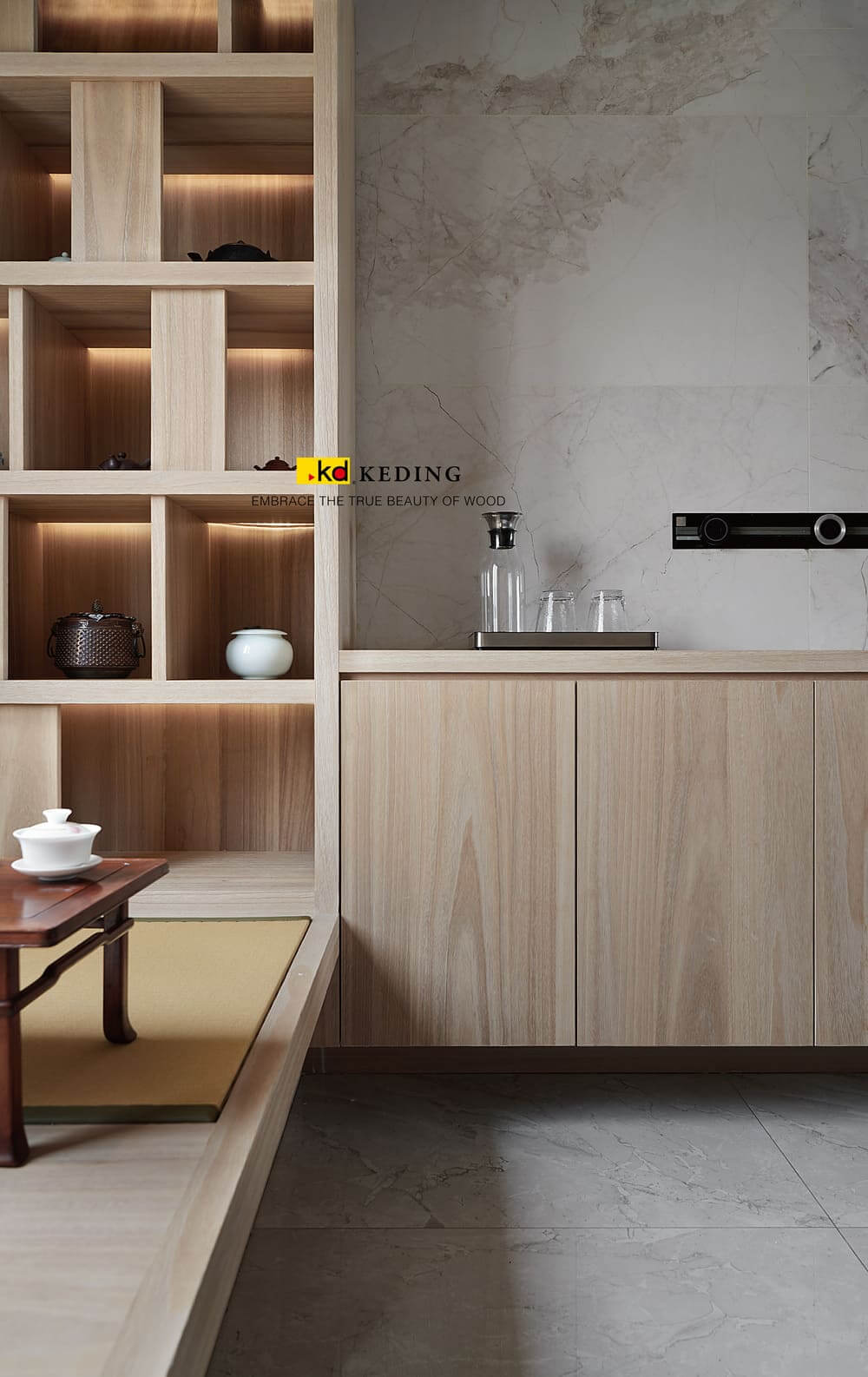
Image credit: Su Le Yan Design / K6169BS
If you get Paulownia panels that haven’t been painted, don’t worry too much, simply paint them right away to protect the wood. The quality of the structure will vary depending on the carpenters’ skills. The only way to guarantee that the wood won’t be readily penetrated by moisture is to make sure the paint is properly coated and there are no omissions. Pay close attention to whether the wood’s side edge sealing procedures are completed and the paint on the corner lines is still intact, especially after the wood has been cut. Make sure that details like no water-based paint or silicone edging are used to prevent the Paulownia from discoloring and blackening in the future.
The Paulownia tree poses for the phoenix to fly
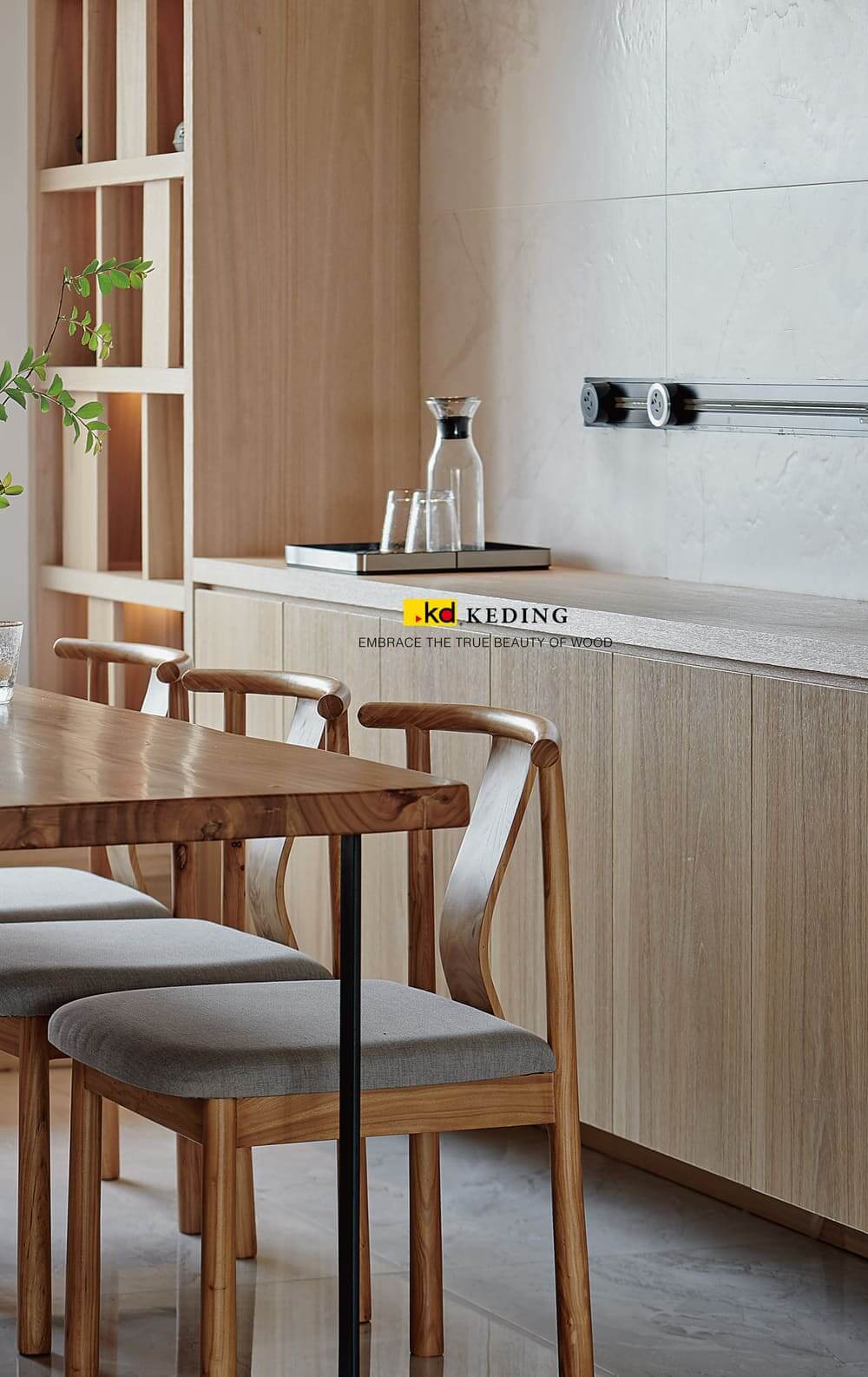
Image credit: Su Le Yan Design / K6169BS
Japan, which is deeply influenced by China, also regards the Paulownia tree as a spiritual tree. They used the Paulownia pattern as an exclusive pattern for rewarding important ministers, second only to the chrysanthemum pattern used by the emperor. Birds choose good wood to perch. People and the environment interact and are attracted to one another. I sincerely hope that all my friends who value the Paulownia tree will be able to make room in their homes for their ideas, find others who share those values, and soar with the phoenix in their hearts.
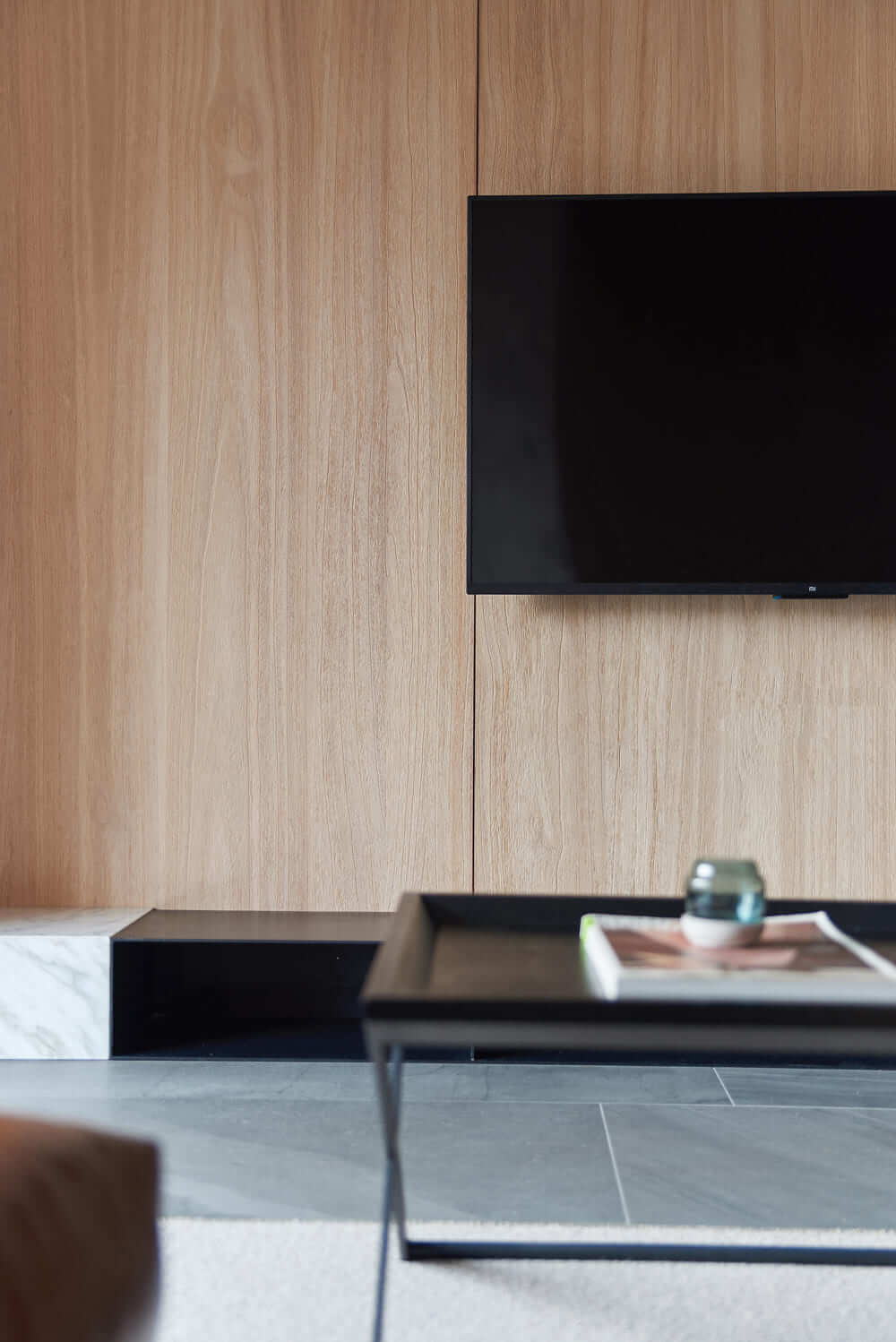
Image credit: DC Design / K6169BS
